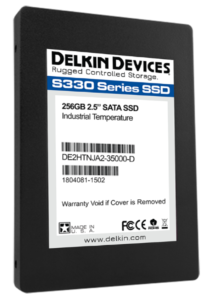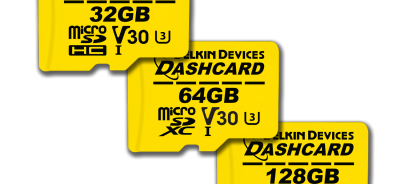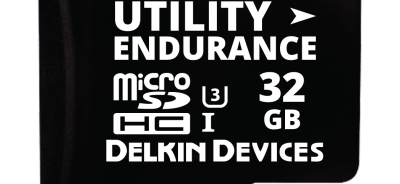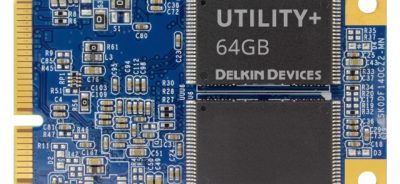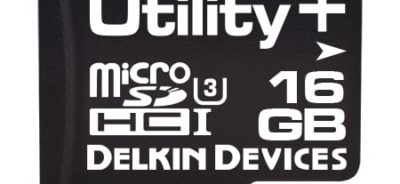Taking a Closer Look at SSD Utility Systems
SSD utility systems are available in a variety of capacities and in both commercial and industrial grades. This means that finding SSD utility systems that are the right fit for a variety of applications is straightforward for OEMs. Getting the right capacity and temperature grade allows for the maximum level of efficiency possible, without wasting capacity or trying to get by with too little storage space.
SSD 101
SSD stands for solid state drive. Although SSDs actually have a long history, with origins dating back to the 1950s, they did not come into their own until the introduction of flash technology into the SSD. NAND flash technology allowed storage space in SSDs to be increased dramatically, so that they were more competitive with other kinds of drives.
Once NAND flash technology was introduced into SSDs, they became competitive with HDDs, or hard disk drives. HDDs can store a large amount of data, but because they have mechanical parts that have to move for every read and write operation, they are prone to failures and struggle to operate in conditions with shock and vibration. For these reasons, SSDs, with their capacity to work in rugged conditions without any moving parts that are prone to failure, have displaced HDDs in terms of popularity.
SSD Utility
Utility SSDs are available in commercial and industrial grade formats. Commercial SSDs can operate in conditions ranging from 0 degrees C to 70 degrees C. Industrial SSDs work in temperatures from -45 degrees C to 85 degrees C. They are also available with multiple connectors, including SATA, in a number of form factors. Capacities are dependent on the interface and grade, but they range from 32GB to 2TB.
When selecting the right SSD, be sure to consider grade. Commercial products include MLC flash, in which two bits of data are stored per cell, while industrial products use SLC flash, in which one bit of data is stored on each cell. For industrial applications, such as those used in healthcare, automation, or transportation, choosing industrial grade, SLC NAND flash SSDs will ensure the highest level of reliability.
SMART SSDs
SMART stands for Self-Monitoring, Analysis, and Reporting Technology. This technology monitors the performance of the SSD and provides information about errors so that engineers and OEMs can make the right decisions about repairs and replacement. Not all SSDs include SMART systems, but it can be a useful feature to have.
Delkin is pleased to offer a wide selection of utility SSDs with SMART for industrial applications. Let our product team explain more about our SSDs and help you choose the right option for your application.
 Login
Login Register
Register


